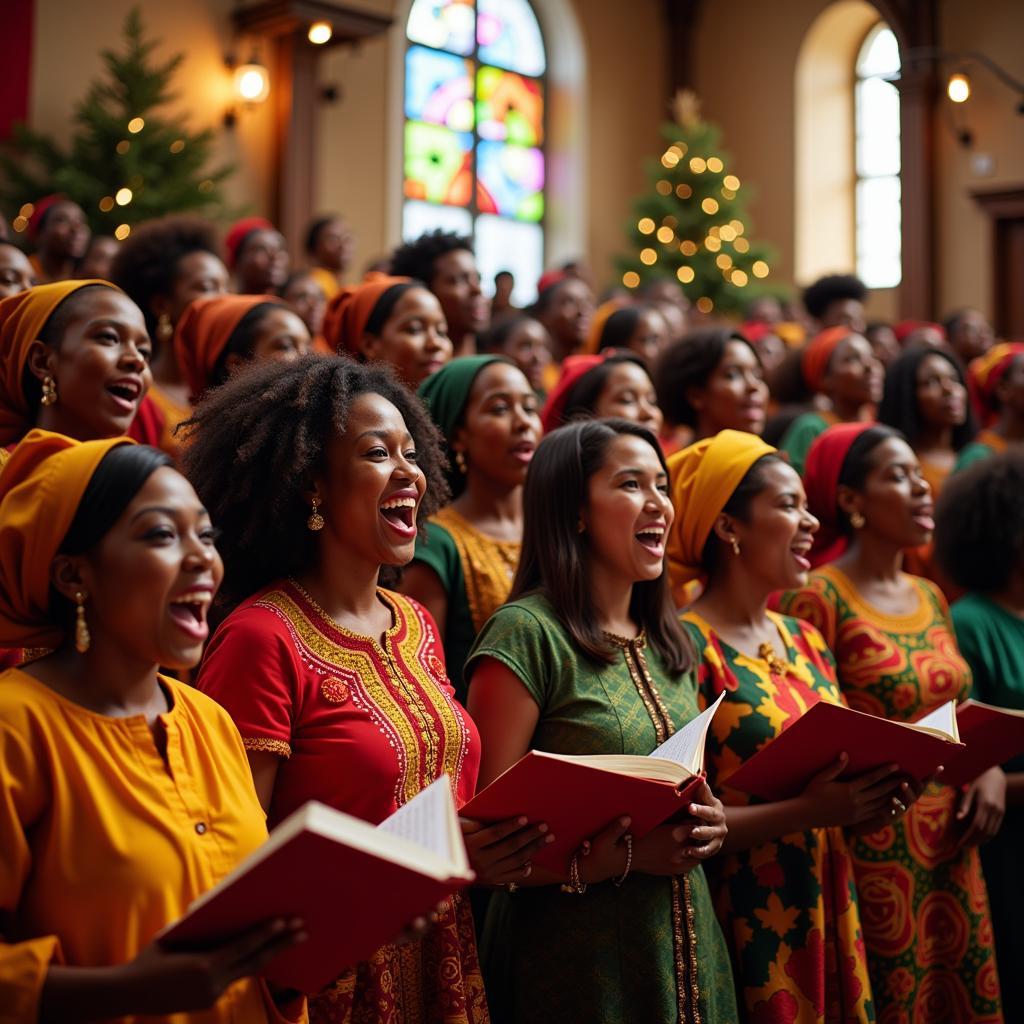The Rhythmic Heart of Africa: A History of African Drums
The rhythmic heartbeat of Africa is undeniably tied to the powerful and vibrant world of African drums. These instruments, far more than just musical devices, are woven into the fabric of African culture, carrying centuries of history, tradition, and spiritual significance. From the deep-rooted rituals of ancient tribes to the infectious grooves of modern music, African drums continue to resonate with a profound and enduring influence.
A Journey Through Time: The Origins of African Drums
The earliest traces of drums in Africa can be traced back to ancient times, predating written records. Evidence suggests that drums were utilized in various forms across the continent, serving as communication tools, ceremonial instruments, and integral components of daily life.
The drums were not simply instruments; they were embodiments of history, tradition, and cultural identity.
The Drum as a Communication Tool
Before the advent of modern technology, drums played a critical role in transmitting information across vast distances. Different rhythms and patterns conveyed messages, warnings, celebrations, and even declarations of war. This form of communication, known as “drum language,” allowed communities to stay connected and informed, despite physical separation.
The Drum as a Sacred Instrument
In many African cultures, drums were held in high esteem as sacred instruments, imbued with spiritual power. They were used in rituals, ceremonies, and healing practices to connect with ancestors, appease deities, and seek guidance from the spirit world. The rhythmic beats were believed to hold the power to influence the course of events and bring about desired outcomes.
“The drums were not just instruments, they were vessels of our ancestors’ voices, guiding us and connecting us to the unseen forces of the universe.” – Amani Mbogo, a renowned Kenyan drummer
The Evolution of African Drums
Over time, African drums have undergone a remarkable evolution, evolving in form, function, and purpose. From simple hollow logs to intricately carved instruments, drums have been adapted to the diverse needs and artistic expressions of different cultures.
The Variety of African Drums
The African continent is home to a wide array of drum types, each with its unique design, sound, and significance. Some of the most notable examples include:
- Djembe: A goblet-shaped drum, often used in West African music and dance.
- Talking Drum: A two-headed drum with strings that allow the player to mimic the human voice.
- Slit Drum: A wooden drum made from a hollowed-out log with a slit on one side.
- Dundunba: A large, bass drum used in traditional Yoruba music of Nigeria.
The Impact of Modernity
The arrival of colonial powers in Africa brought about significant changes, including the introduction of Western musical instruments and the suppression of traditional drumming practices. However, African drums have proven remarkably resilient, adapting to contemporary musical styles and retaining their cultural significance.
African Drums in the 21st Century
Today, African drums continue to thrive, influencing music genres worldwide and inspiring a renewed appreciation for the rich cultural heritage they represent.
Modern Music and the Global Stage
From the world music scene to contemporary pop, African drum rhythms have found their way into global musical trends, captivating audiences worldwide with their infectious energy and hypnotic grooves. Many contemporary African musicians have embraced their traditional heritage, integrating traditional drumming styles into their music.
Preservation and Revitalization
Efforts to preserve and revitalize traditional drumming practices are growing across the continent. Educational programs, festivals, and workshops are aimed at fostering appreciation for this important cultural legacy and ensuring that the art of African drumming continues to flourish for generations to come.
Frequently Asked Questions
What are some of the different uses of African drums?
African drums are used in a wide array of contexts, including:
- Communication: To transmit messages, warnings, celebrations, and even declarations of war.
- Religious ceremonies: To connect with ancestors, appease deities, and seek guidance from the spirit world.
- Music and dance: To create rhythmic accompaniment for traditional dances and performances.
- Healing practices: To induce trance states and promote healing.
Why are African drums so important to African culture?
African drums hold profound cultural significance, representing:
- History and tradition: They carry the stories, beliefs, and traditions of generations.
- Identity and belonging: They symbolize a sense of community and connection to one’s heritage.
- Spirituality: They are believed to be vessels of spiritual power, connecting humans to the unseen world.
- Artistic expression: They are powerful instruments of musical creation and creativity.
How can I learn more about African drums?
There are many ways to learn more about African drums, including:
- Attend workshops or festivals: Look for drumming classes or events in your area.
- Watch documentaries and videos: Explore online resources and documentaries on the history and culture of African drums.
- Listen to African music: Immerse yourself in the sounds of African drum music.
- Travel to Africa: Experience the vibrant drumming culture firsthand.
The Lasting Legacy of African Drums
The impact of African drums extends far beyond the realm of music. Their rhythms have shaped the soundscapes of the world, influencing musical genres from jazz to rock. They have served as tools for communication, social cohesion, and spiritual connection. As we navigate an increasingly interconnected world, it is more important than ever to recognize and appreciate the rich cultural heritage that African drums embody.
Their rhythmic heartbeat continues to echo through time, reminding us of the power of tradition, the beauty of diversity, and the enduring spirit of Africa.


